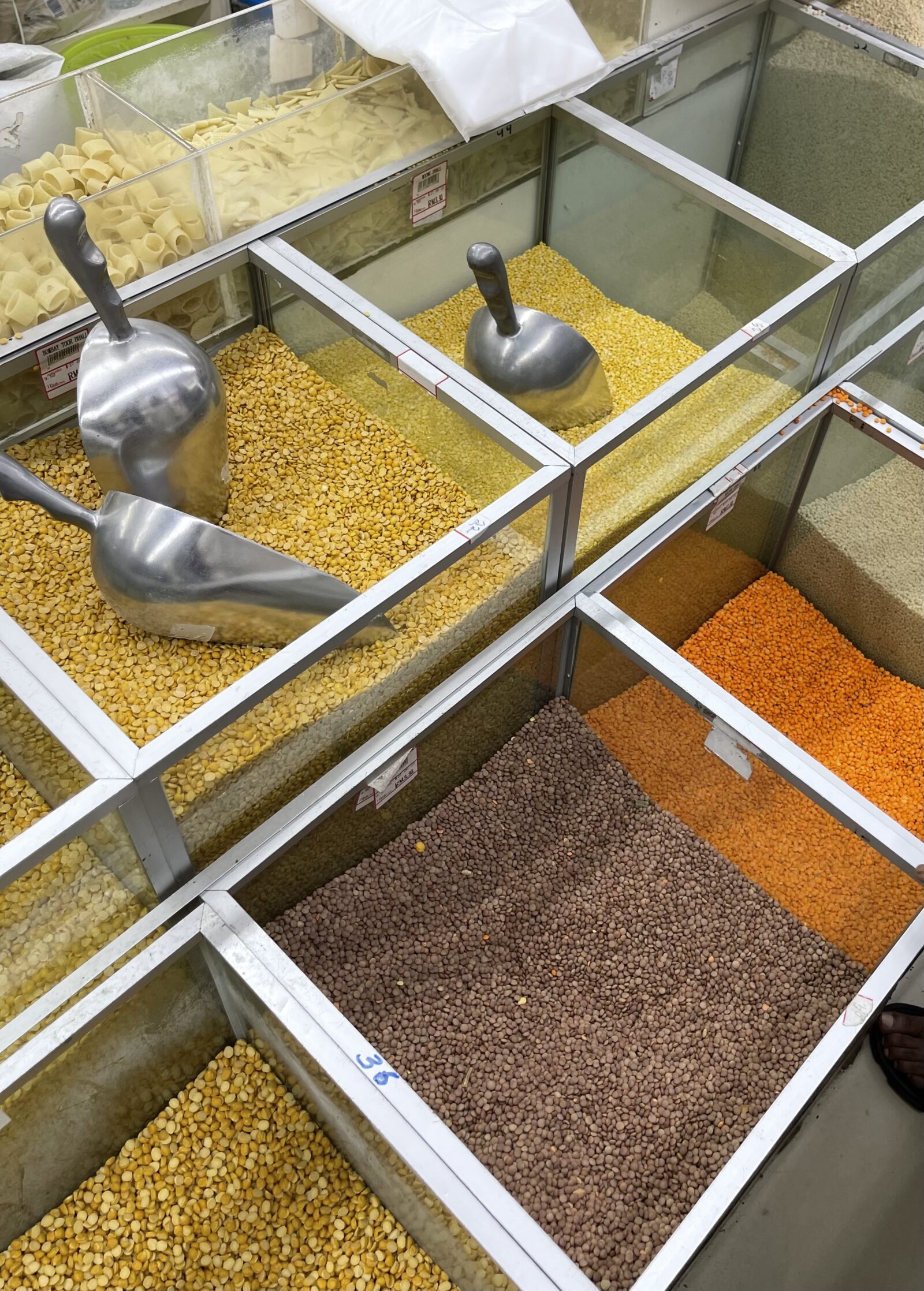Indian Roti’s = Vegan?


Watermelon steak, anyone? A vegan take on raw tuna filets is one of many recent vegan food fads attempting to fill the void left by meat in plant-based diets. Vegan meat alternatives are not a new concept, with new protein replacements popping up like mushrooms in recent years, from beyond meat to ‘not chicken’, we are spoilt with choice. Unfortunately, as veganism goes back to its roots of consuming more whole-based foods, consumers are realising that not only are these replacements highly processed for the most part, they typically cost as much, if not more, than the meat products they are trying to emulate.
A little-known fact is that most vegetarian Indian food, of which the corresponding restaurants are aplenty and affordable, is also vegan-friendly! Many Indians who practice the Hindu religion eat a whole-foods based vegetarian diet, in line with the concept of ahimsa, or non-violence, that is practiced in the religion. They fall into two categories; vegetarianism and lacto-vegetarianism, the latter avoiding eggs and sometimes dairy as well in addition to meat, so they are no stranger to going meatless without compromising on taste.
Introduction to Vegan Indian Food
Any new cuisine can be intimidating, especially with diet restrictions, so here are a few beginner-friendly staples!
Thosai, a thin type of pancake, is an example of a naturally vegan dish with Sri Lankan and South Indian roots. Made from a batter of rice and urud dal (vigna mungo), the blended mixture is left to ferment before use, giving it its signature airy texture. The fermentation process it undergoes additionally ups the nutritional value of the dish, enhancing the mineral content and making for optimal nutrient absorption.

A variety of thosai’s, such as masala thosai (thosai with a potato filling), rava thosai (includes semolina in batter), and podi thosai, are all plant-based diet friendly, as are the usual suspects of condiments that come with them, typically a sambar, coconut chutney, and mint chutney. A tip from me if you prefer a crispier texture is to make sure to tell them you want it thin, and if you want a softer thosai ask for it thick!
*Note: Some restaurants use ghee to make their thosai, so be sure to tell them you want to avoid it!

Another staple of Indian breakfast foods is idli, a steamed pancake with a dense, fluffy texture; its batter is made from the same ingredients as thosai, just with a higher dal ratio that results in a thicker consistency. The fermented nature of the batter, which is left longer than thosai batter, adds to its advantages, making it more gut-friendly as it aides in digestion and the growth of beneficial gut bacteria.
Most popular bread-based breakfast options, such as paratha and poori, are also made from dairy and egg-free doughs, enriched with whole wheat flour. The use of whole wheat rather than refined flours in these dishes leads to many positive health benefits, from lower cholesterol and blood pressure, to a lessened risk of obesity and heart disease that are common in diets with a high intake of refined grains.
Both the paratha and poori are formed from a combination of whole wheat flour, salt, water, and sometimes a fat component,and mainly differ in preparation. A paratha is folded into layers before being rolled out and pan fried with a little oil, giving it a luscious, buttery texture perfect for dunking into a gravy or eating plain with sugar, a childhood treat for many. A poori on the other hand, is rolled out flat before being fried, puffing up and giving it a crispy yet soft texture. They can be served with a vegetable kurma, but usually are paired with the same potato masala you will find in a masala thosai.

With all of this in hand, happy eating and go forth and visit your local vegetarian Indian restaurant!
What's Your Reaction?
Nika Prakash is the pen name of a girl who was born and bred eating thosai every week, not a vegan but a meat hater nonetheless.

















